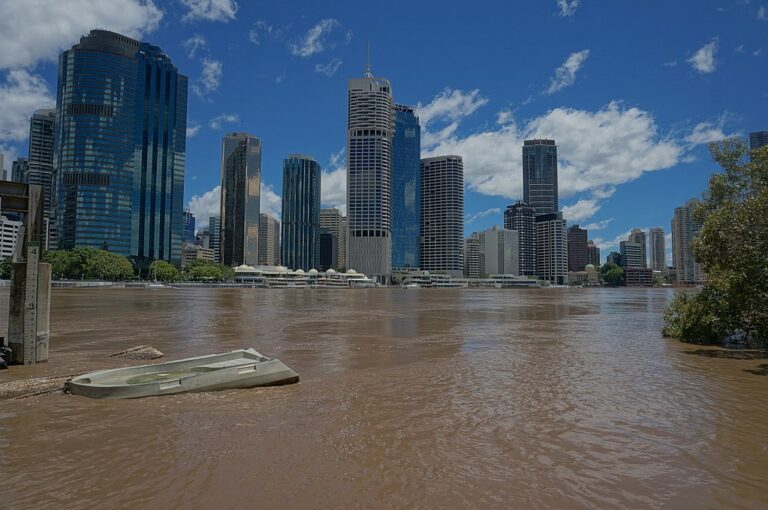Purposeful scenario analysis: A framework to guide central banks and financial supervisors in the selection and design of climate scenarios

Download
Scenario analysis is a key tool for central banks and financial supervisors to better understand and prepare for the impacts of climate change on financial and monetary stability. Despite the rapid rise of climate scenario analysis, it remains a nascent practice in the financial sector, and among central banks and financial supervisors in particular. Furthermore, there are a number of shortcomings to currently available scenarios, such as the difficulty of directly translating the outcomes of scenario analysis exercises into policy changes.
However, there is a more fundamental issue: a lack of clarity around the purpose and use of scenario analysis exercises. This policy insight presents an initial conceptual framework on the application of climate scenario analysis and associated design requirements. It aims to facilitate deeper discussions about purpose-specific scenarios in central banking, supervision, and in the financial sector at large.
Key messages
- Scenario analysis facilitates productive engagement with the uncertainties surrounding climate-related socioeconomic and technological developments, as well as the physical impacts of climate change, by calculating possible future outcomes in different sets of circumstances.
- Although scenario analysis is already widely used by financial institutions, it is an underdeveloped practice. If optimised in its design and applications, it would have further potential to inform and prepare policymakers for the climate-related risks and opportunities that lie ahead.
- Current debates around climate scenario analysis largely focus on the shortcomings of scenarios used, such as a lack of sectoral granularity or insufficient modelling of the financial sector.
- However, an exploration of how scenarios may be fit for specific application, such as stress testing or financial disclosure, can better support central banks and financial supervisors to appropriately employ and develop scenario analysis. Clarity around the purpose of a scenario exercise is crucial to avoid misunderstandings, pitfalls and potential unintended consequences.
- This policy insight suggests a typology of potential purposes of and uses for scenario analysis from the perspective of central banks and financial supervisors. These are divided between strategy and planning (using scenario analysis to support organisational resilience, prioritisation of efforts, and communication and engagement), and policy implementation (the prudential and monetary applications of scenario analysis).
- The report proposes a framework of requirements scenarios can meet in order to serve these identified purposes. The framework is designed to initiate a discussion and outline potential starting points for further analysis and research on purpose-specific selection and design
of scenarios. - Having clearly articulated the intended purpose of scenario analysis, central bankers and financial supervisors can take further steps, including assessing existing scenarios to determine the applications they are best suited for and identify gaps; and assembling core scenario elements to assist the development of specialised scenarios.
- Scenario analysis has significant potential but is unlikely to be a silver bullet for central banks and financial supervisors in the context of continuously worsening climate change and biodiversity loss. There are likely to be trade-offs with alternative analytical or policy approaches. To avoid the danger of offering a solution before defining the problem, it is vital to first obtain clarity on purposes and goals before developing, selecting and deploying scenarios.

